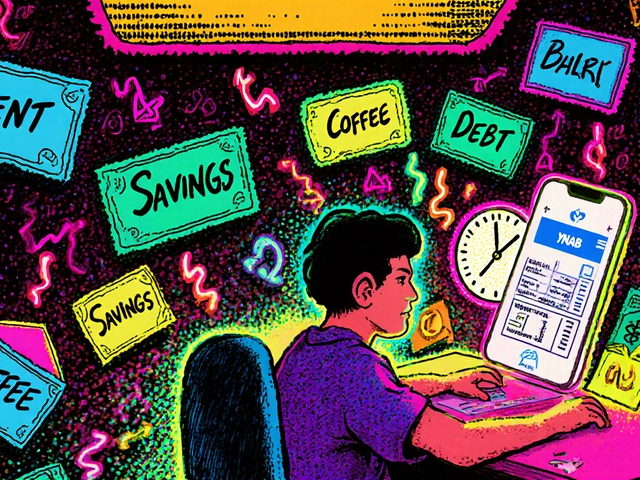Portfolio Risk: How to Understand and Manage Investment Volatility
When you invest, portfolio risk, the chance that your investments will lose value due to market changes, economic shifts, or poor decisions. Also known as investment risk, it’s not just about losing money—it’s about losing control of your financial future. Most people think risk means stocks crashing, but it’s deeper than that. It’s about having too much in one place, not knowing when to adjust, or ignoring fees that quietly eat your returns. If you’re holding U.S. Treasury bonds, international stocks, or crypto, you’re already exposed to different types of risk—and you need to know how they interact.
Asset allocation, how you divide your money across different types of investments like stocks, bonds, and cash. Also known as investment mix, it’s the single biggest factor in your long-term returns, not your stock picks. A portfolio full of tech stocks might look exciting, but if the sector drops 30%, you’re not just down a few thousand—you’re stuck waiting years to recover. That’s why mixing in diversification, spreading your money across uncorrelated assets to reduce overall volatility. Also known as risk spreading, it’s the quiet hero of every stable portfolio. You’ll see this in posts about Treasury bonds, international rebalancing, and even neobank rewards—because every dollar you move changes your risk profile. Even something as simple as holding cash in a digital bank affects your exposure to inflation and interest rate swings.
Portfolio risk isn’t something you fix once and forget. It changes with your age, your goals, and the economy. When the dollar weakens, your global holdings shift in value. When interest rates rise, bonds drop. When crypto volatility spikes, your exposure to governance tokens could surprise you. That’s why rebalancing isn’t optional—it’s maintenance. You wouldn’t drive a car without checking the tires. Don’t treat your portfolio any differently.
What you’ll find below aren’t theory-heavy guides. These are real breakdowns from investors who’ve been through market swings and came out smarter. You’ll see how to spot hidden risks in your holdings, when to adjust your international exposure, how to use tools like the Ichimoku Cloud to read market shifts, and why most people fail at combining options strategies without understanding their true risk profile. No fluff. No jargon. Just what you need to stop worrying and start acting.





